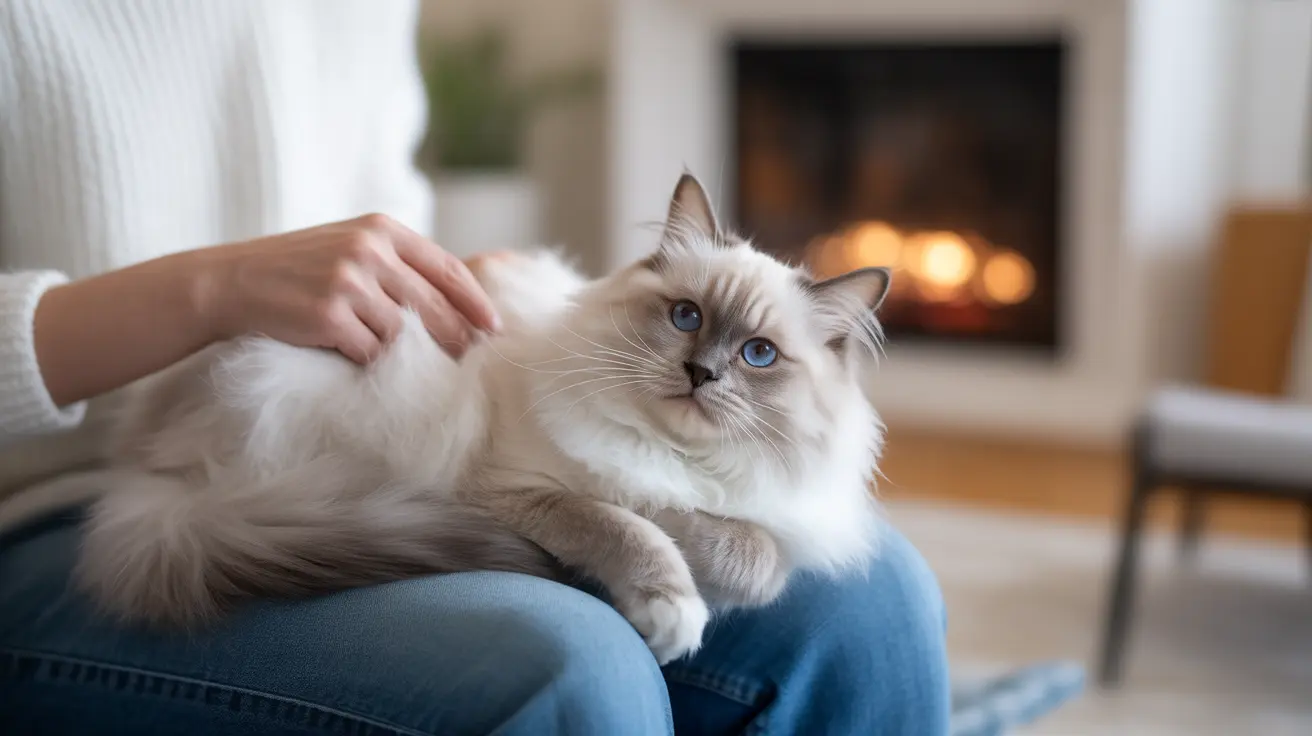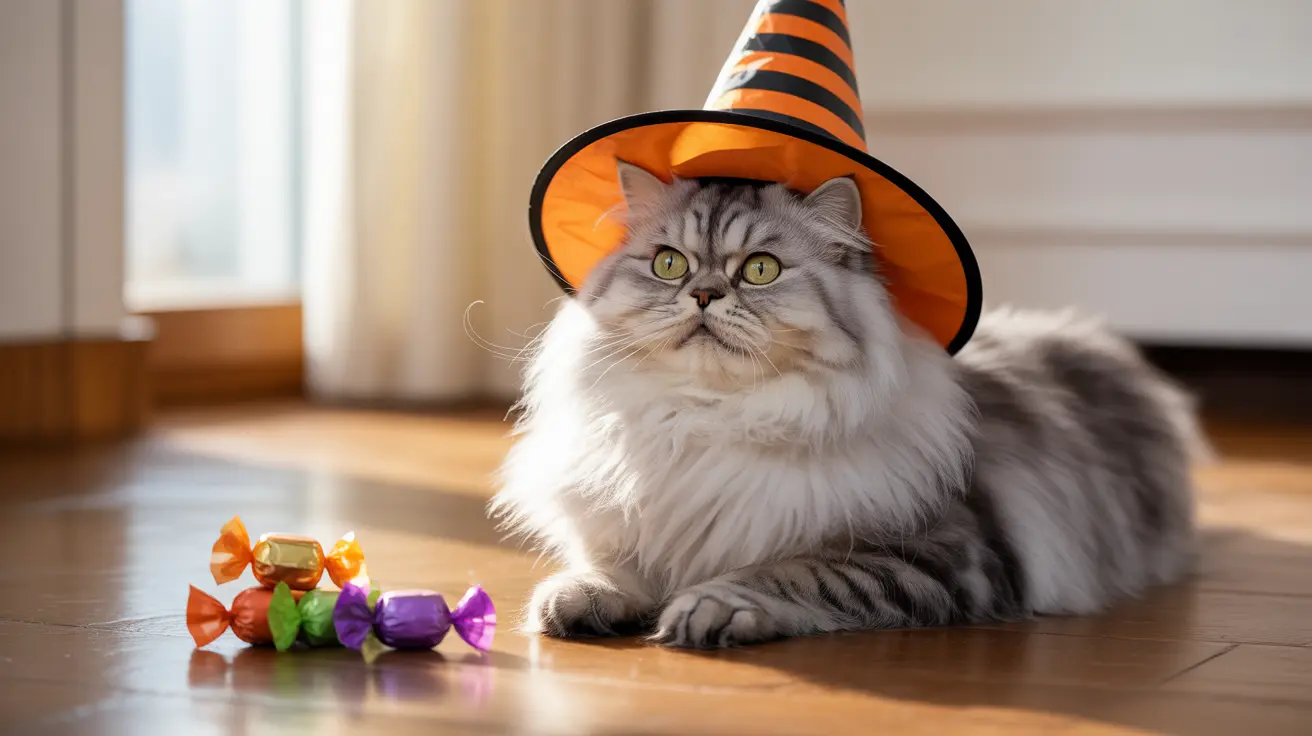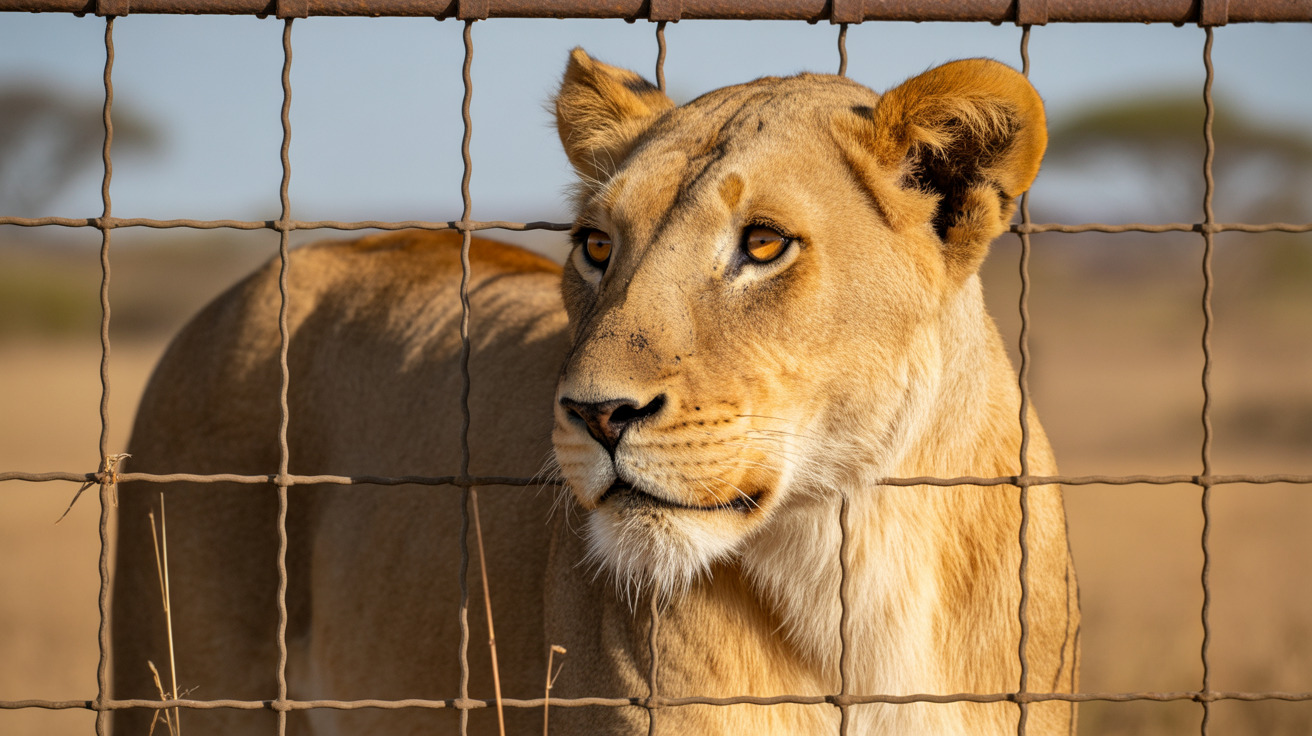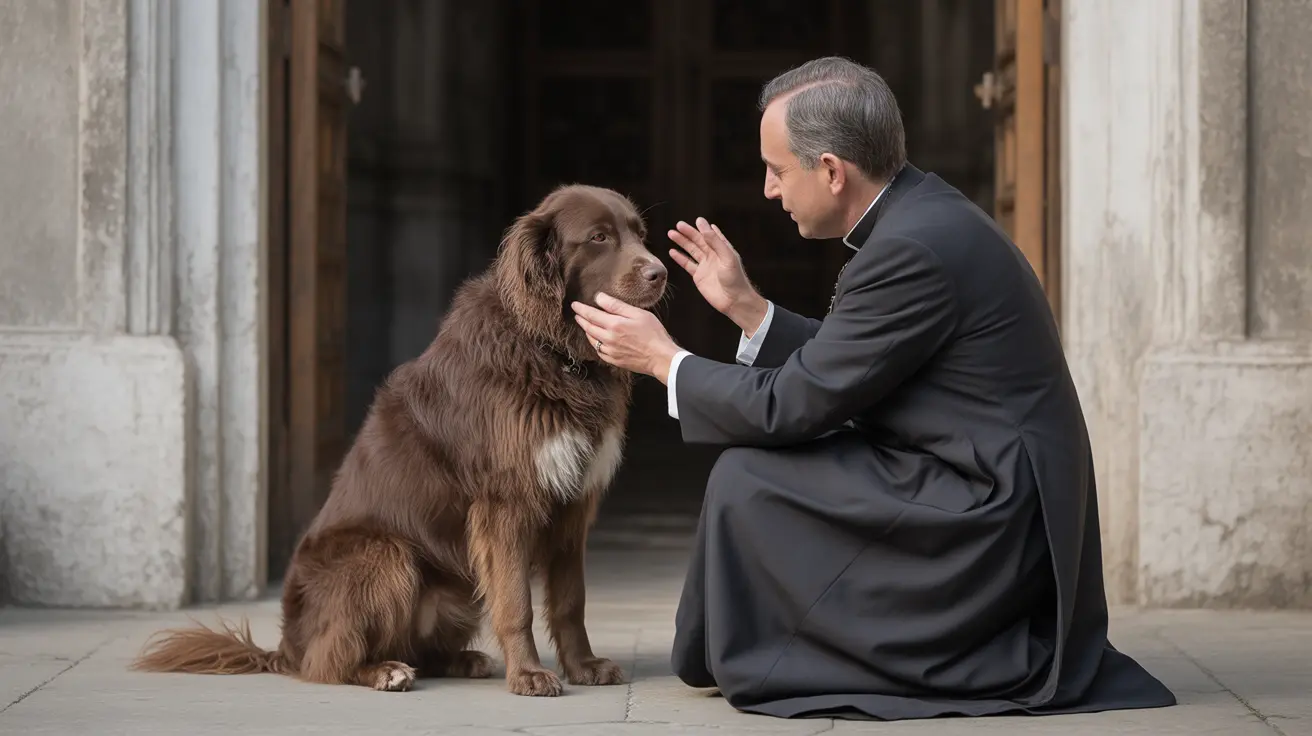If you're a cat owner, you've likely experienced your feline friend choosing your lap as their favorite resting spot. This common behavior often leaves many wondering, "Why does my cat always sit on me?" The answer combines fascinating elements of feline psychology, biological instincts, and the unique bond between cats and their human companions.
Understanding why cats choose to sit on their owners reveals much about these complex creatures and their relationship with humans. Let's explore the various reasons behind this endearing behavior and what it means for your relationship with your furry friend.
The Core Reasons Behind Your Cat's Lap-Sitting Habit
Expressing Love and Trust
When your cat chooses to sit on you, they're demonstrating a profound level of trust and affection. Cats are naturally cautious creatures, and allowing themselves to be vulnerable by sitting on you indicates they feel completely safe in your presence. This behavior often comes with other signs of contentment, such as purring, kneading, or slow blinking.
Temperature Regulation and Comfort
Cats naturally seek out warm spaces, and your body provides an ideal heat source. With an average body temperature higher than humans, cats need to conserve energy and maintain warmth. Your lap offers a perfect combination of comfort and temperature regulation, especially during cooler weather or in air-conditioned environments.
Social Bonding and Territory Marking
Cats use scent glands located throughout their bodies to mark their territory and create familiar environments. When sitting on you, they're actually marking you as part of their territory while simultaneously strengthening their social bond with you. This behavior has roots in their wild ancestors' colonial living patterns.
Security and Protection
Your presence represents safety and security for your cat. By sitting on you, they're positioning themselves in what they perceive as a protected space. This is particularly common during times of stress or when your cat feels uncertain about their environment.
Understanding Your Cat's Body Language
While sitting on you, your cat communicates through various body language signals. A relaxed posture, gentle purring, and soft eye contact indicate contentment and security. Conversely, tense muscles, tail twitching, or frequent position shifting might suggest discomfort or anxiety.
How to Respond to Your Cat's Lap-Sitting Behavior
When your cat chooses to sit on you, responding appropriately can strengthen your bond. Gentle petting, speaking softly, and maintaining a calm environment encourage this positive interaction. However, respect their boundaries if they show signs of wanting to leave.
Frequently Asked Questions
Why does my cat always choose to sit on me instead of other places?
Cats choose to sit on their owners because they offer warmth, security, and comfort. Your scent and presence are familiar and calming to your cat, making you more appealing than other surfaces.
How can I tell if my cat sitting on me means affection or something else?
Look for accompanying behaviors like purring, kneading, and relaxed body language. These signs indicate affection, while tense postures or alert behavior might suggest they're seeking security or warmth.
Is my cat sitting on me because it's seeking warmth or feeling safe?
Often, it's a combination of both. Cats appreciate both the physical warmth and the emotional security that comes from sitting on their trusted human companion.
What cat body language should I watch for when my cat sits on me?
Watch for relaxed muscles, slow blinking, forward-pointing ears, and a gently curved tail. These signals indicate your cat feels safe and content in your presence.
How do different cat breeds affect their tendency to sit on their owners?
Some breeds, like Ragdolls, Siamese, and Russian Blues, are naturally more inclined to seek physical contact with their owners. However, individual personality and past experiences also play significant roles in this behavior.
Conclusion
Your cat's habit of sitting on you is a complex behavior that combines instinct, affection, and practical needs. This intimate gesture represents trust, comfort, and the special bond you share with your feline companion. Understanding and appreciating this behavior can help strengthen your relationship and ensure your cat feels secure and loved in your home.






